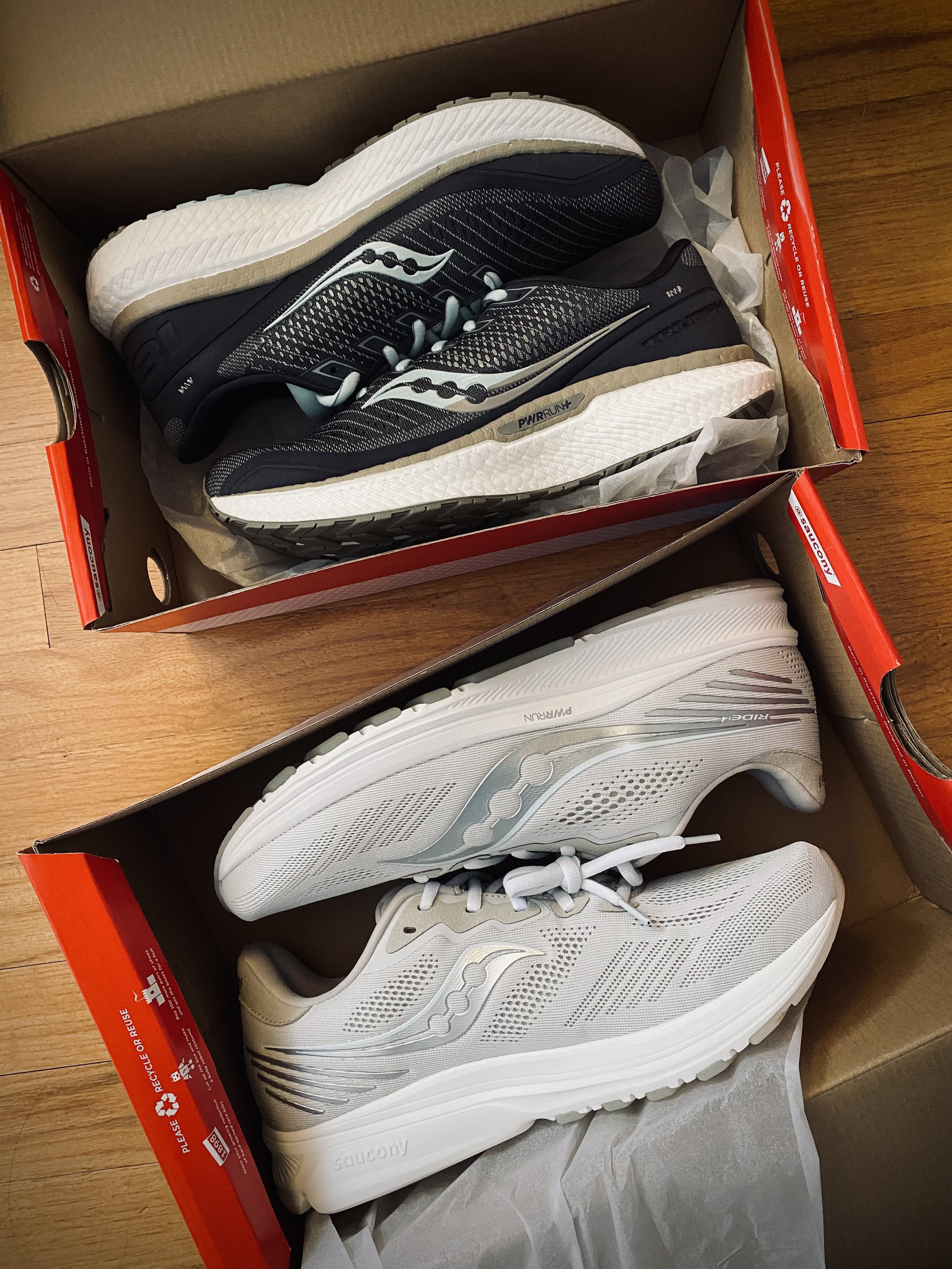Back in March I e-mailed each of my clients personally, recommending they immediately invest in a pair of super shoes. Over the last few months I’ve been collecting bits of their feedback.
Read MoreThere are very few opportunities for recreational runners to do races on the track. Pretty much everything is on the roads. But that doesn’t rule out training on the track.
Even for long-distance road runners doing the the half marathon or marathon, the track can be a useful place to train.
Read MoreOne of the best ways to prepare for a race (in addition to the actual training!) is by getting to know the race route.
Read MoreHow to take a successful approach back-to-back races.
How to train between back-to-back races.
How to know if you’ve fully recovered.
A warmup and cooldown jog are generally recommended for running workouts. How much emphasis should we put on warmup and cooldown? Why are we doing them? Is it okay to skip the warmup and cooldown? Here are my recommendations.
Read MoreA pre-run routine is a short series of movements done with the intention of loosening up and activating (“firing-up”) our body to run. 5-10minutes is generally more than enough time.
Read MoreTime for an update on my previous running shoe wardrobe advice! In the past couple years, breakthroughs in shoe technology have changed the way shoes look and work. So here are my new recommendations.
Read MoreSuper Shoes by definition have two specific features:
A thick layer of extremely light and responsive “super foam” (cushioning)
A full-length rigid plate (usually carbon fiber)
There are many different ways to get to the start line, and all the training programs at Sifuentes Coaching are 100% individualized. But there are some principles I follow for every athlete’s weekly training schedule.
Read MoreMore treadmill workouts to get you through winter training & survive the boredom!
Read MoreSo here are 4 quick mobility exercises you can do without stepping off the treadmill. These will loosen up your hip flexors, back, glutes, hamstrings, quads, and calves.
Read MoreThe top priority should be getting back to 100% as quickly as possible, so that training at 100% can resume as soon as possible. Trying to continue training through an illness is generally miserable, discouraging and worse- delays recovery.
Read MoreMost people who set new year resolutions give up on their goal in as little as 2 weeks! The New York Post reported that “Research conducted by Strava, the social network for athletes, has discovered that Saturday, Jan. 12, is the fateful day of New Year’s resolutions.”
It’s easy to get discouraged or lose momentum on the journey. So how are you going to get past January 12?
Read MoreThe holidays are usually a busy time of year. We deviate from our usual work schedules, eating habits, and social activities but for some reason we resist changing our running routine.
Read MoreIt’s important to consume plenty of calcium because if we don’t get enough, our bodies will take it from our reservoir of bone. This can lead to stress fractures.
Read MoreIf a runner is low or iron deficient, they’ll become fatigued more quickly because there isn’t as much oxygen available to provide muscles with the fuel they need.
Read MoreRecommendations from a Registered Dietitian about taking vitamin supplements.
Read MoreEveryone knows it’s important to take some downtime after a big race. What exactly “downtime” means is less obvious. It could mean a few easy run days or it could mean 1-2 weeks of complete rest (or even more).
Read MoreRecovery time after a big race is totally individual and can vary greatly even for the same person from one race to the next. Here are some physical, mental and emotional factors that affect recovery time.
Read MoreHow to set up a custom running interval workout on Garmin Connect and sync the workout to your Garmin Watch.
Read More



















